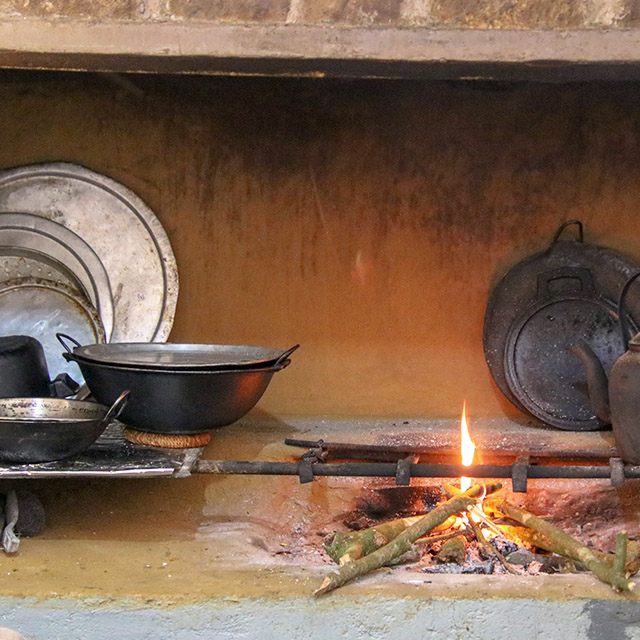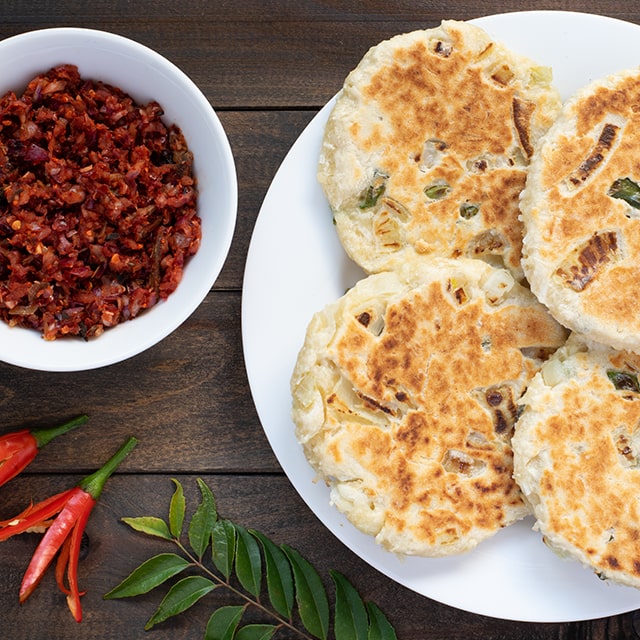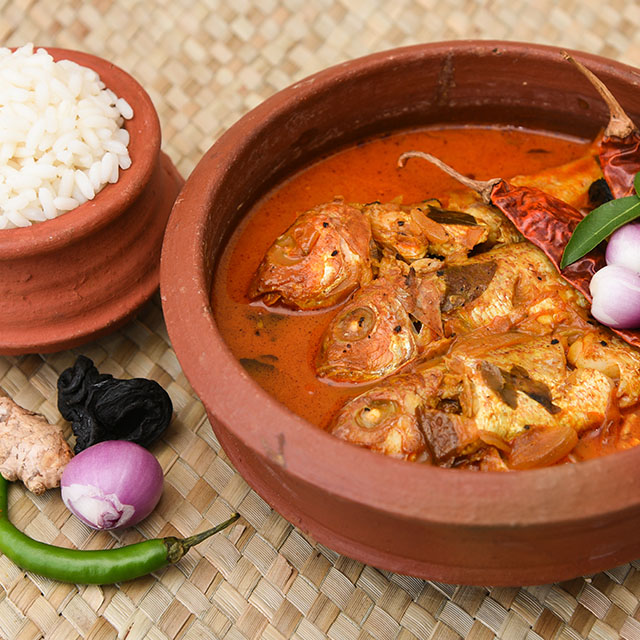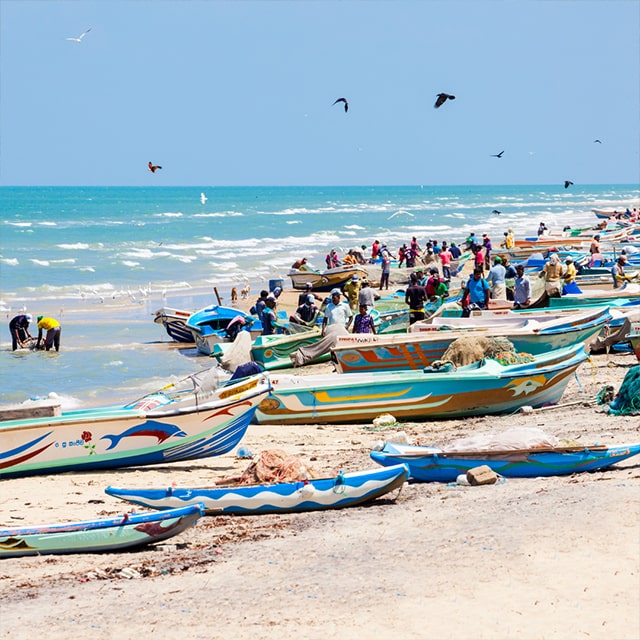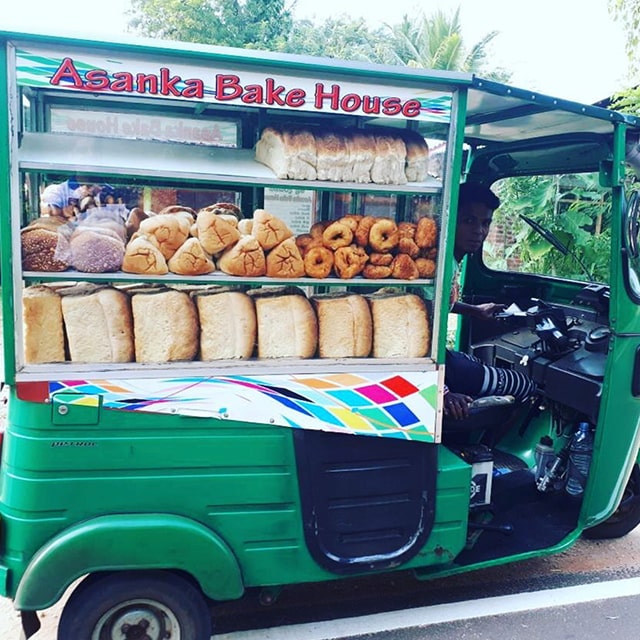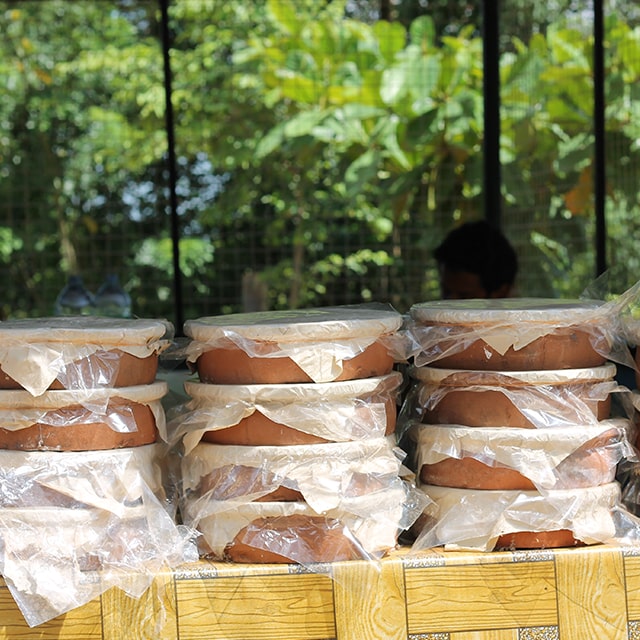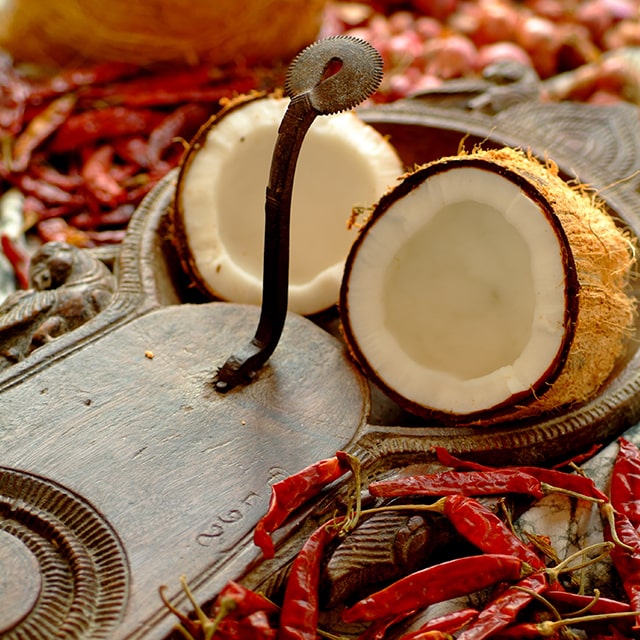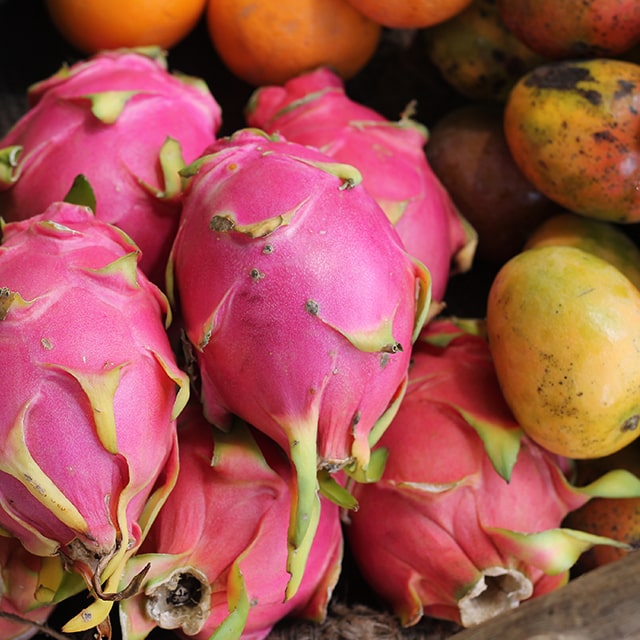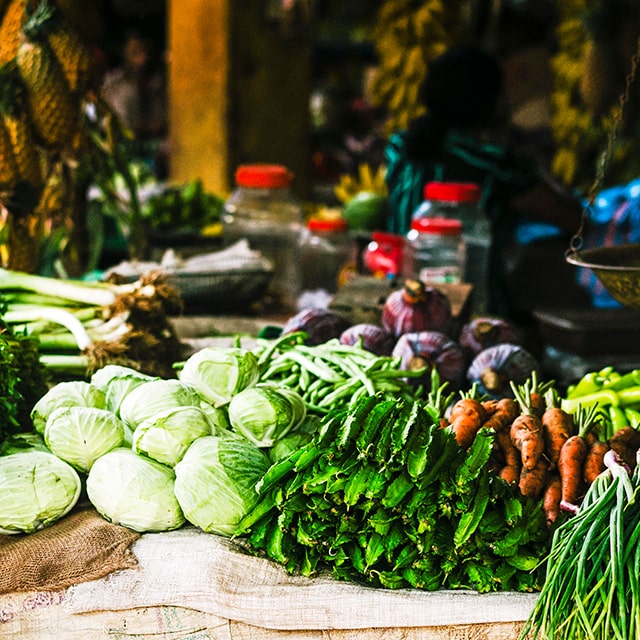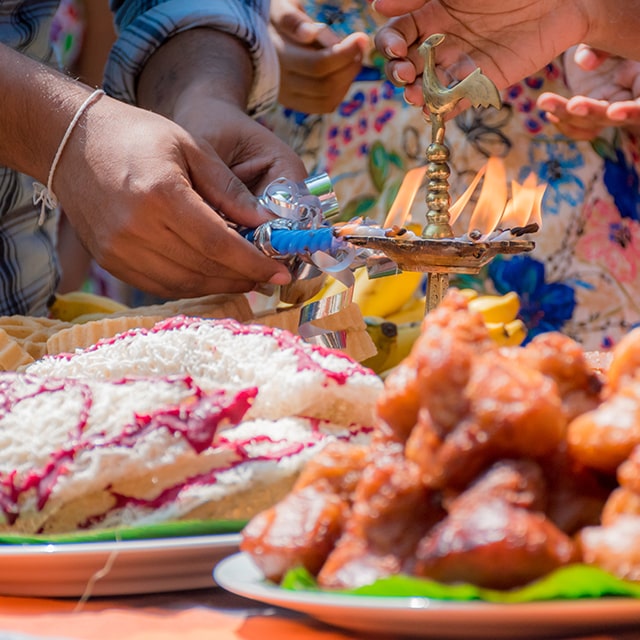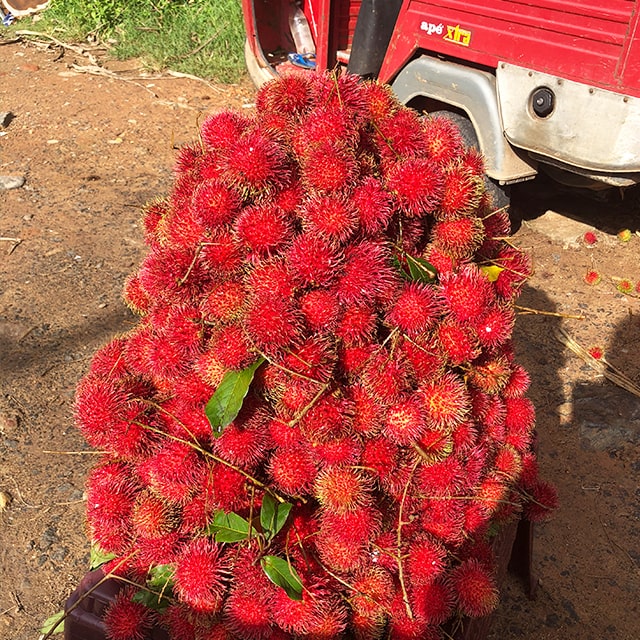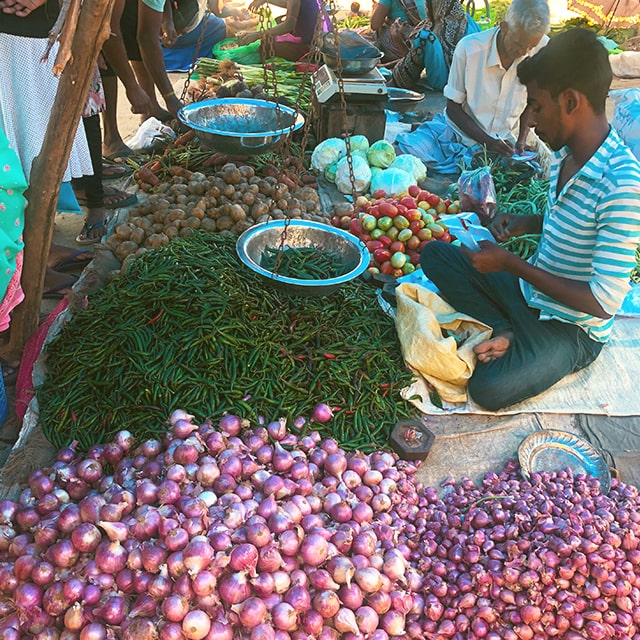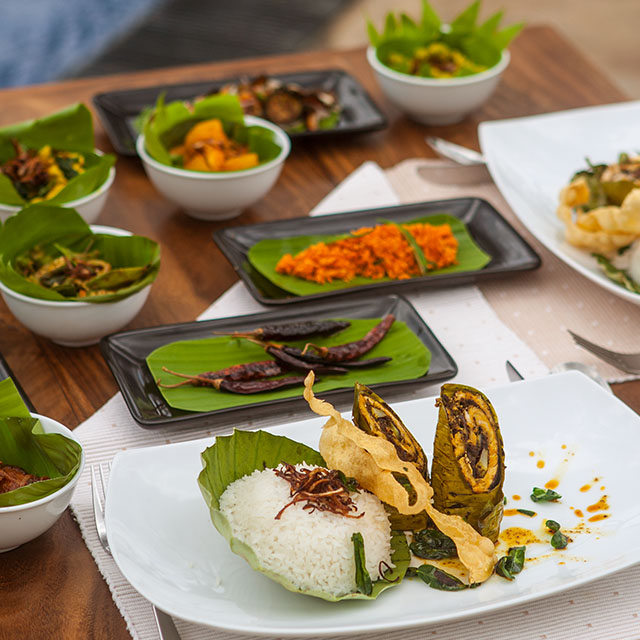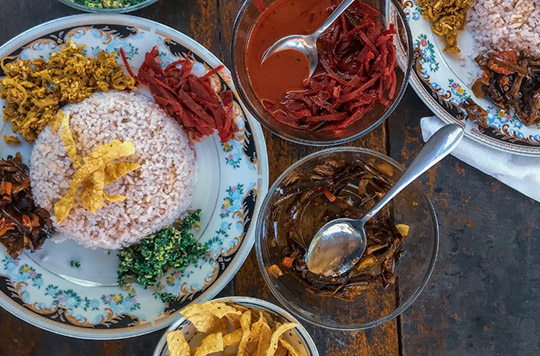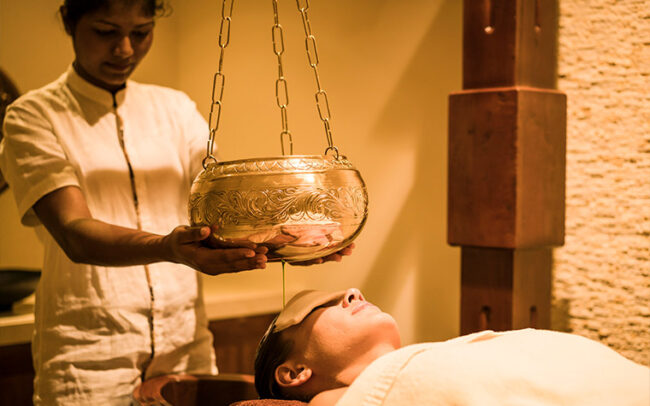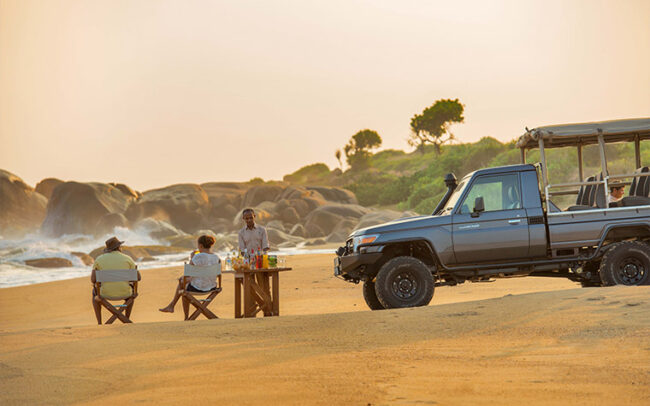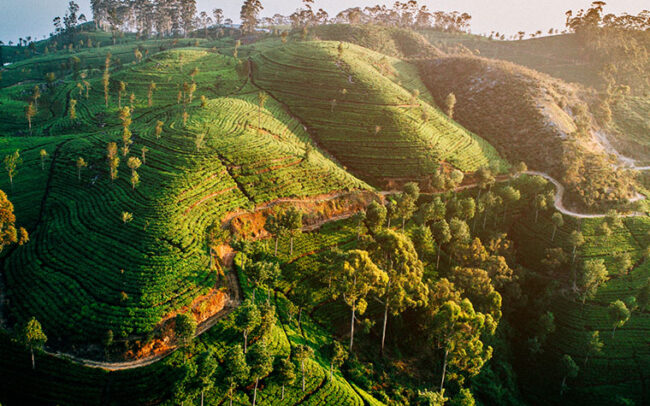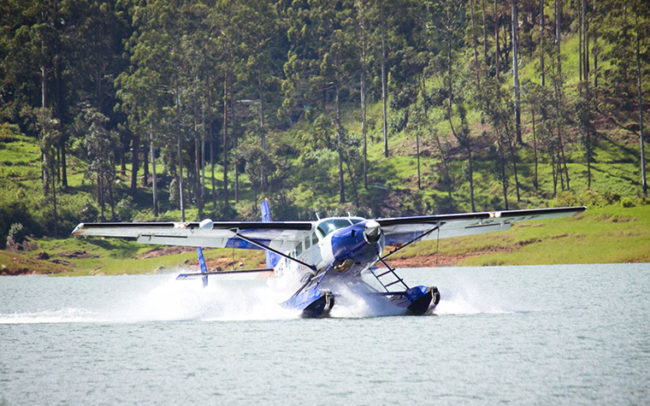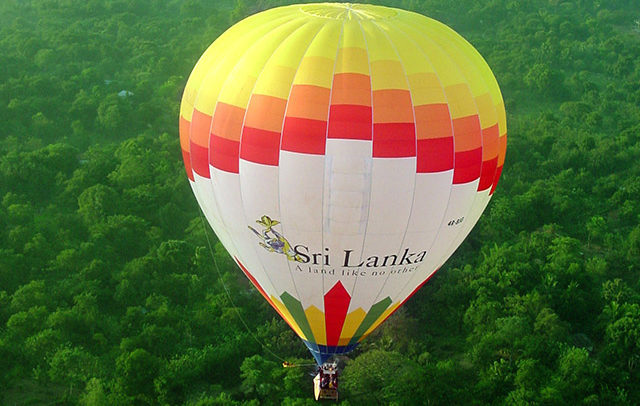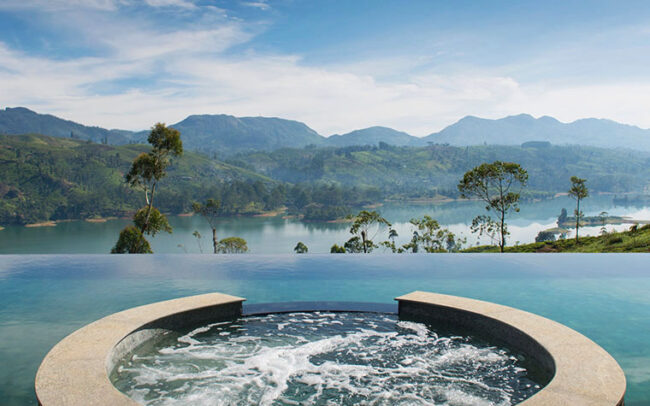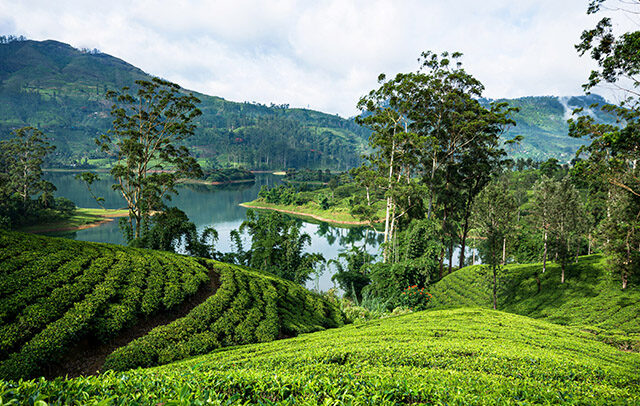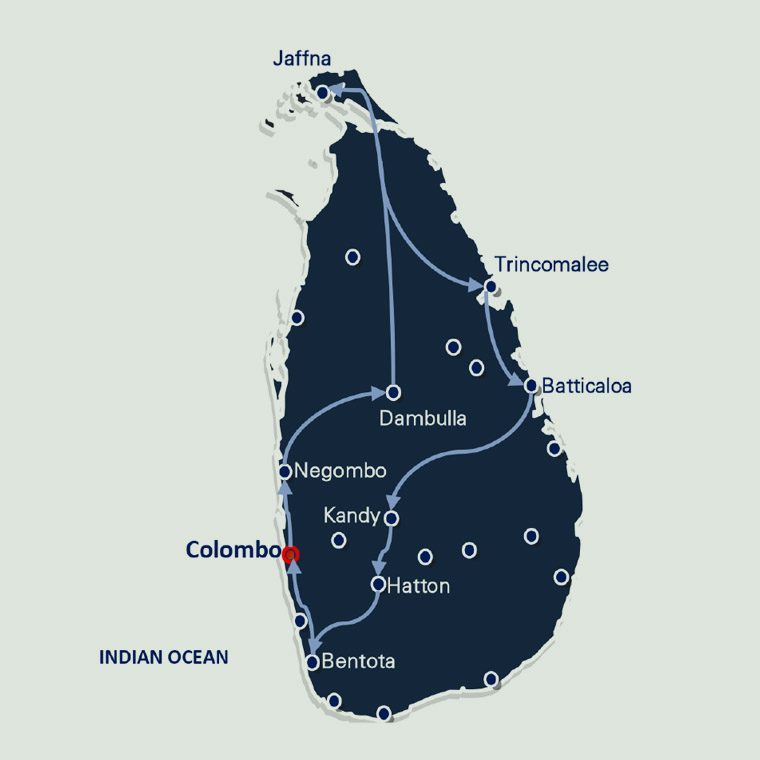
Journey Overview
Your Food Mapping journey will take you across the breadth and length of this paradise island. Expect to delight your taste buds on a feast of dishes that boast differing ethnicities and traditions across the island.
A truly immersive experience not only the palate but will give you captivating insight into Sri Lanka’s people and the island’s heart – its food. Stay in luxurious boutiques that proffer breath taking views and authentic Sri Lankan service. Private transport will be provided throughout the journey along with a fully qualified, English speaking driver-guide.
From Market to Plate
Food Mapping around Jaffna
& Trinco
Jaffna
The Jaffna Peninsula, once scarred by conflict remains alluring beautiful despite the hardship that its people have endured. Well known in Sri Lanka for its Hindu specialities such as roti, pittu and a myriad of vegetable curries. A food mapping experience with Sri Lanka Bespoke will take you into a local villagers house where you will discover jars of unnamed spices lining shelves and gardens full of ingredients used in daily curries. Start your food mapping journey by visiting the local market to discover new vegetables and help pick out the freshest produce. Make your way back with your food treasures to
the traditional village kitchen and along the way, stop at the local spice grounding house – where you will see some of the ingredients pounded into wonderful brightly coloured curry powders.
Back in the village home, cooking takes place with traditional clay pots
used on clay and dung wood fired stoves. Experience how the traditional coconut scrapers are used for freshly coconut for the rotis or help steam the pittu in cone shaped a palmyra basket typically used only in Jaffna. Don’t expect to find cookbooks or measures in a Sri Lankan kitchen and discover how curries are created the Sri Lankan way – add to taste! Cooking in a local Jaffna kitchen is a feast for all senses and a culinary journey that will delight taste buds and stir the soul.
Trincomalee
With one of the world’s best natural harbours and beaches with the softest of sands as far as the eye can see. Trinco as it’s known to Sri Lankans is famed for its seafood, such as crab and cuttlefish and its Ayurvedic influenced dishes. Start with an early morning journey out to sea with the local fishermen and take your daily catch back to a local Trincomalee family home. Using a huge pestle and mortar to prepare the spices that in Trinco, are prepared differently to the rest of the island.
Cooking takes places on the traditional woodfire stoves but each fish dish is cooked differently and with love. Prepare for a king’s breakfast of dosai, a favourite among the Tamil community in Trinco which consists of a
Here many herbs are mixed with the spices to create the Ayurvedic healing effects. Cooking takes places on the traditional woodfire stoves but each fish dish is cooked differently and with love. Prepare for a king’s breakfast of dosai, a favourite among the Tamil community in Trinco which consists of a mixture of rice and urad dahl which is ground finely. Sitting in a villagers home sharing a traditional Trinco meal – expect an array of Ayurvedic dishes that not only delight your taste buds but promote health and a sharp mind.
More Food Mapping Itinerary Ideas
Bentota
Bentota and down South is a region rich in history and cultural history. With picturesque beauty and palm fringed beaches, many traditional occupations and cuisine can be experienced along the southerncoastline.
Stay: Taru Villas Long House
Local Speciality: Ambul Thiyal, a famous fish curry prepared for SriLankans who work away from home for periods of time.
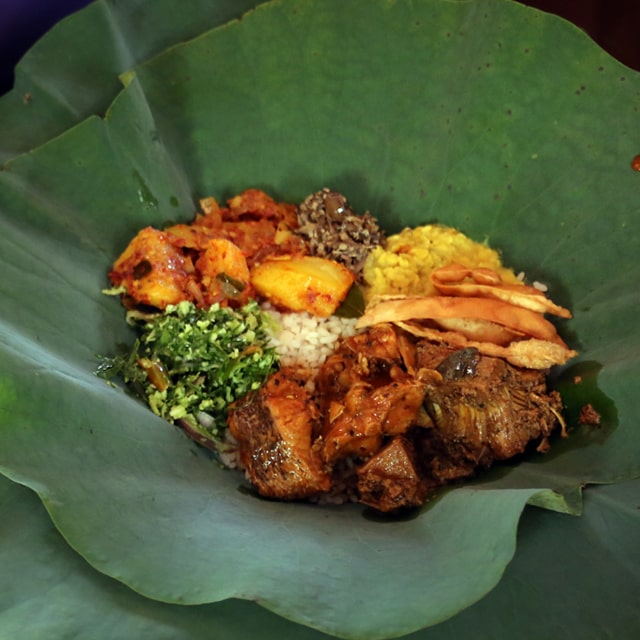
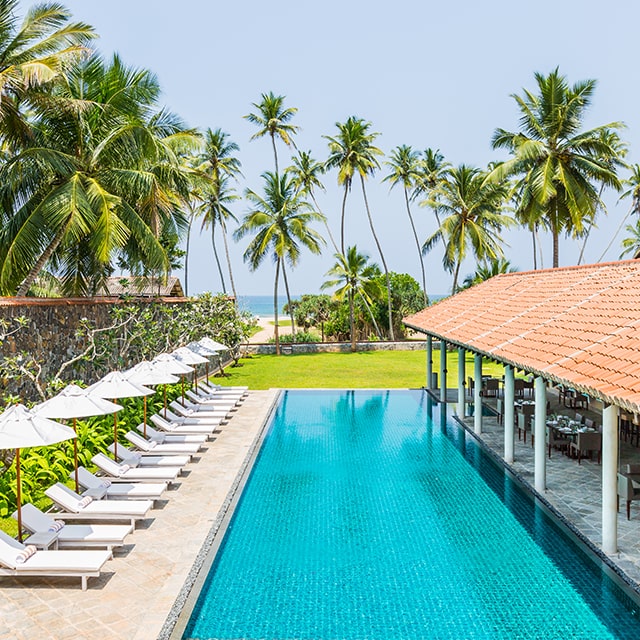
Kandy & Hatton
Sri Lanka’s lush inland Hill Country, known to the locals as Up Country, is picture perfect with mist-shrouded mountains, plunging waterfalls, quaint hilltop villages and lavish colonial plantation bungalows and a seamless emerald carpet of rolling tea plantations, interrupted only by splashes of colour from local Tamil women’s saris. With an abundance of regional fruit and vegetables, dishes here use less spice and coconut than other areas where they are more readily available.
Stay: Camelia Hills
Local Speciality: Jackfruit and a variety of fruit not found elsewhere. Black Tea and traditional Sri Lankan breakfast – Hoppers.
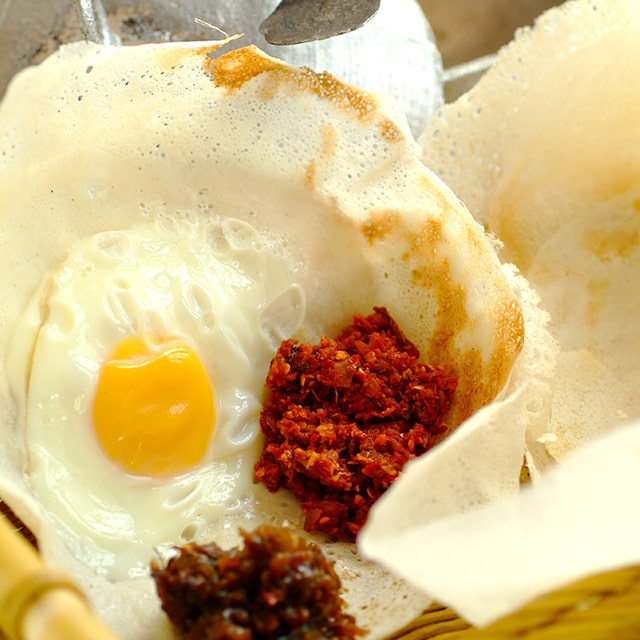
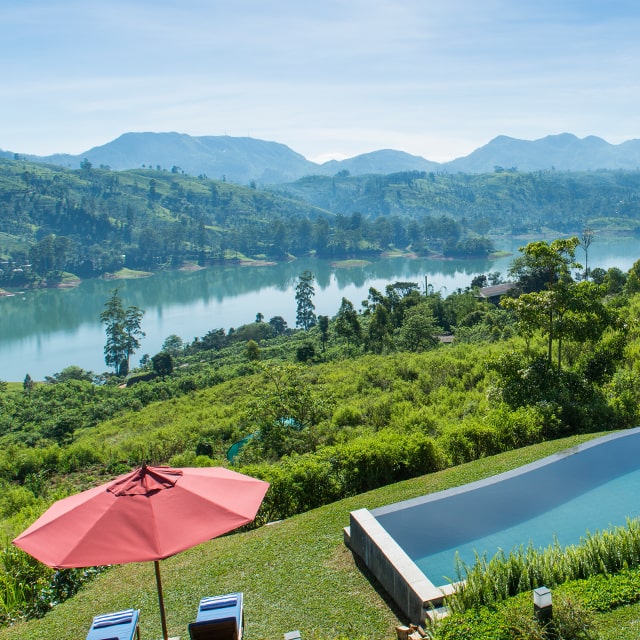
Batticaloa
Batticaloa is the second largest town in the East and is a vibrant city with Hindu Temples, the old Dutch Fort and many local markets. With a huge estuarine lagoon 56km long, it’s one of the largest lagoons in Sri Lanka and serves as an important source of income for the local fishing fleet it supports.
Stay: Karpaha Sands
Local Speciality: Famous for its Cuttlefish.
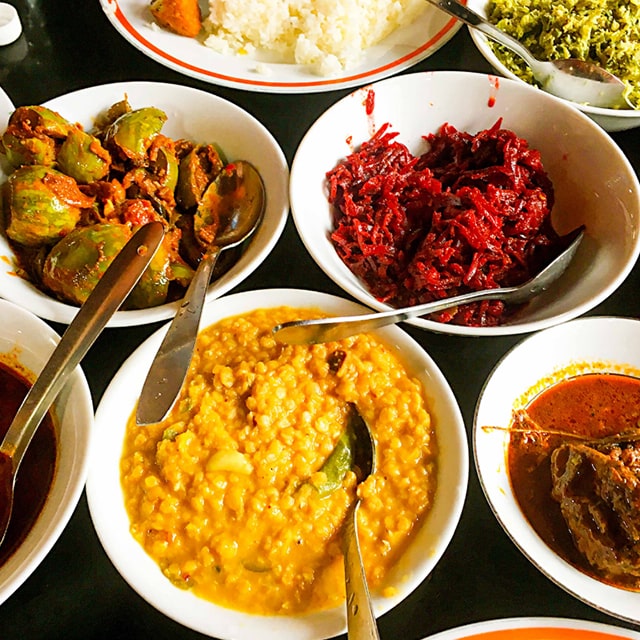
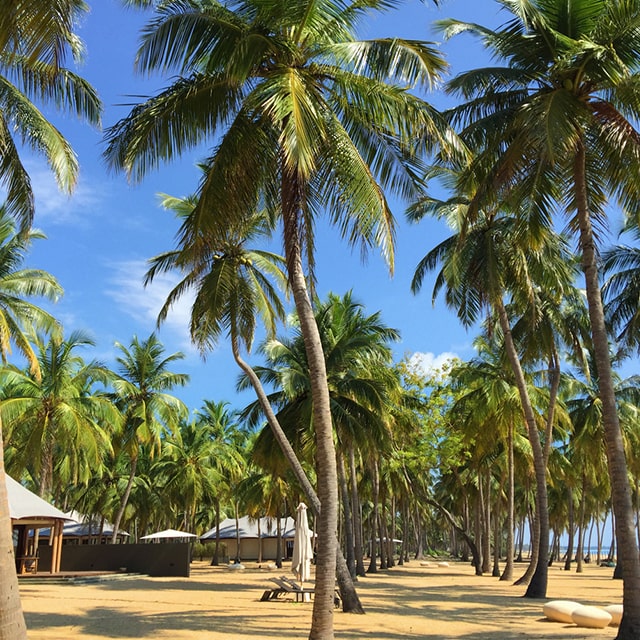
Itinerary Ideas
Along the Way
The journeys in Sri Lanka are as important as the destination themselves.
Pit stops at colourful fruit stalls, roadside coconut vendors and local spice and vegetables markets are a must. Expect to be awed by the highly skilled toddy tappers who climb palm trees and nimbly move between treetops to collect palm nectar for making toddy. Share a lunch with tea pickers and drink strong black tea from old arrack bottles, with roti and parripu (dhal) or discover Sri Lanka’s sweet tooth and indulge in Sri Lanka’s famous milk toffee.
Or there is no better opportunity than the Tamil and Singhalese New Year in April to showcase the wonderful food of Sri Lanka. New Year is a chance to taste an array of delicious traditional dishes and experience the much pomp and fanfare that marks the end of the agricultural harvest and the rains. And there is greenery everywhere. Fresh leaves on trees, flowers in bloom, vegetables and fruits in plenty. The whole island takes on a festive mood as people prepare for upcoming celebrations with traditional rituals, cleaning homes, and making New Year sweetmeats to begin the New Year on a joyous, positive note.


